SCHEMATIC CONNECTIONS AND HARDWARE
The UM10139 microcontroller board for the LPC2148 microcontroller, connects to a microSD card breakout module. The SD card data is transferred to the microcontroller via SPI. The board itself connects to the user PC as a USB mass storage device, so that the microSD card data can be accessed over USB mass storage class.
The following figure shows the important components of the breakout module schematic. The breakout board was made available for use as part of the project.
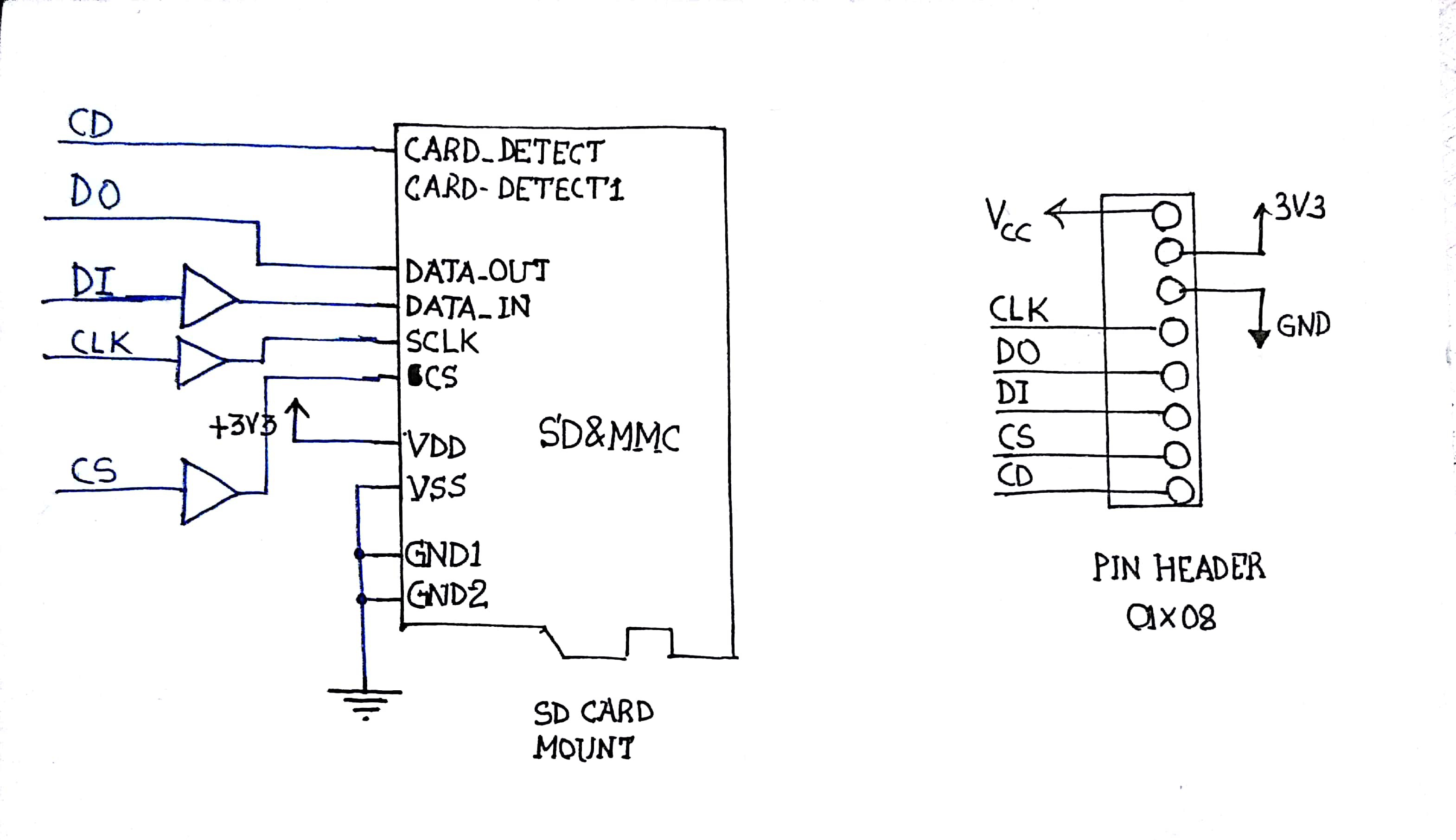
The connections of this module to SPI0 of the LPC2148 is shown in the figure below.
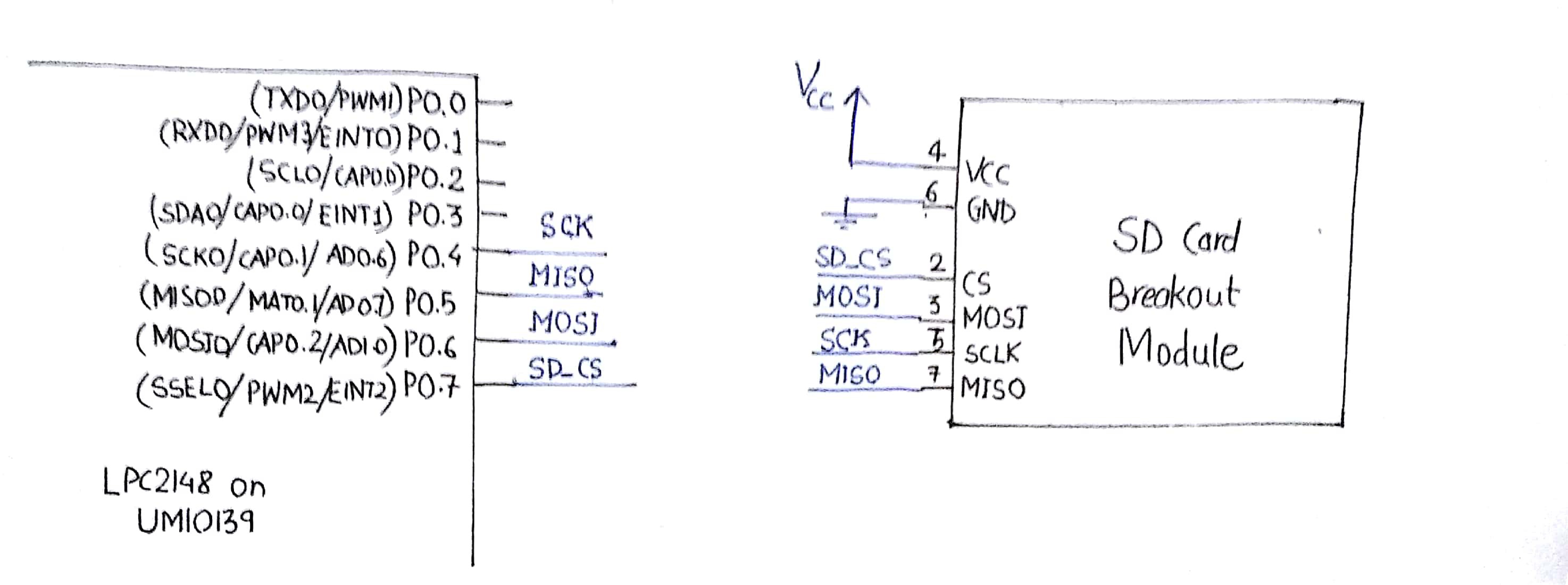
SOFTWARE
On the basis of code, the project can be divided into three parts:
- Reading data from microSD card via SPI0 of LPC2148,
- Moving the stored data from RAM into Flash memory
- Configuring the on-chip Flash as a USB Mass Storage device, with the help of USB Bootloader for LPC2148.
The project logs ( 1,2 and 3) provide further details.

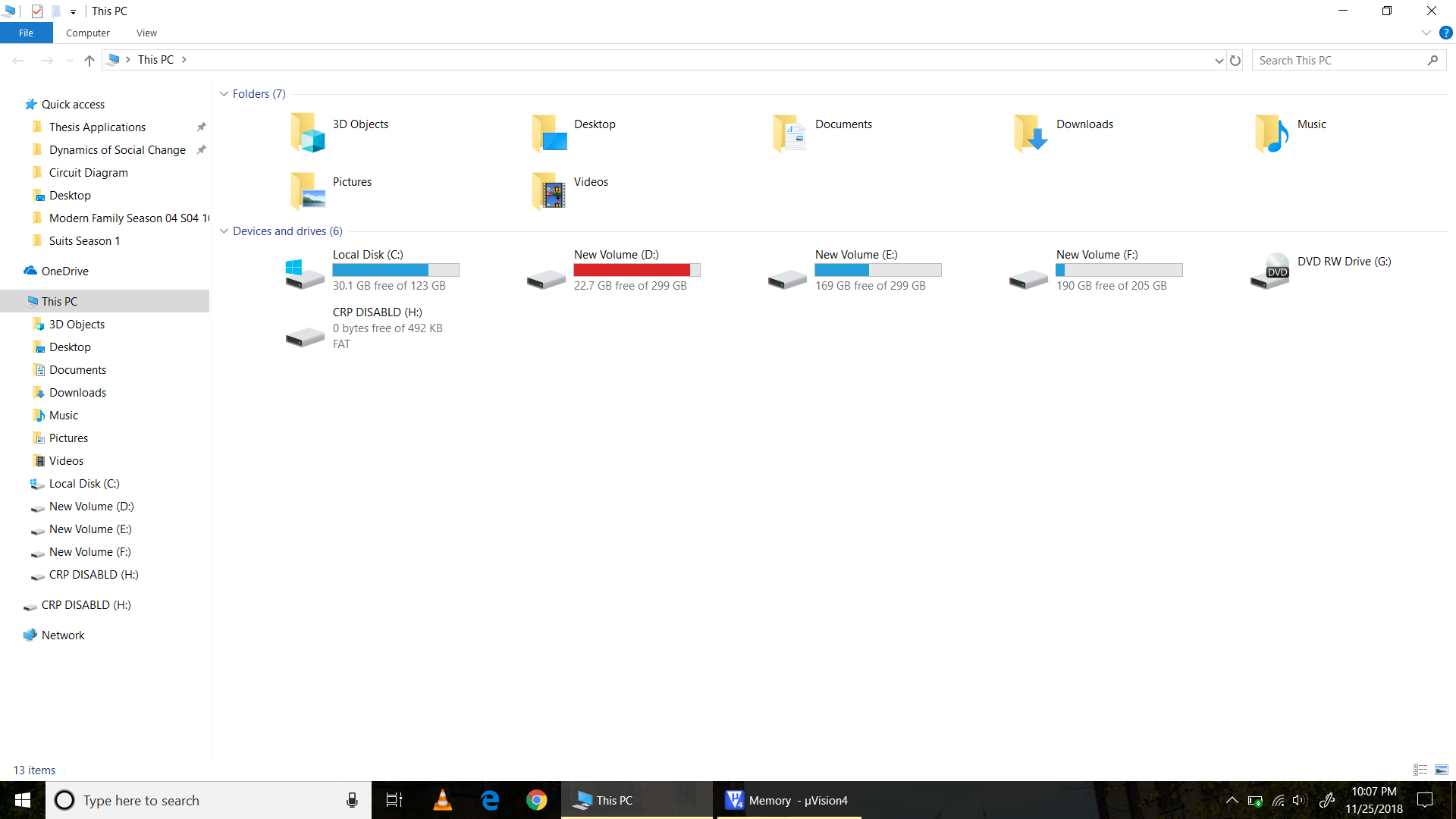
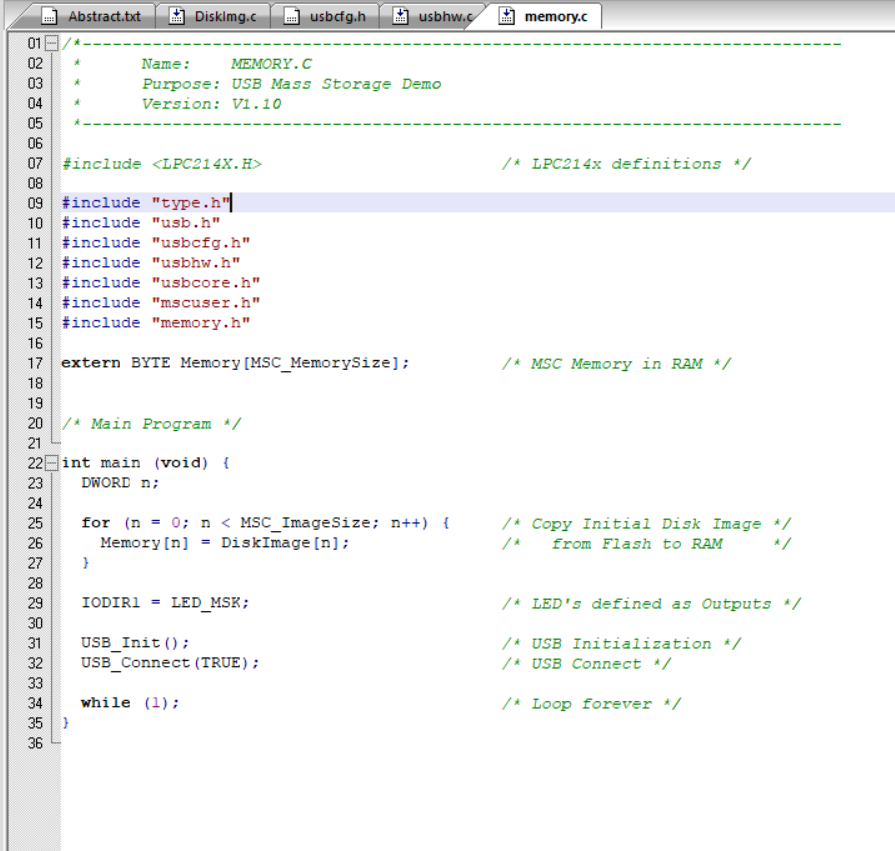

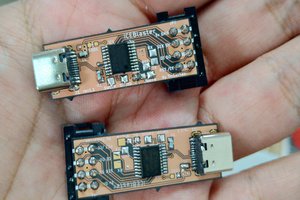
 TinLethax
TinLethax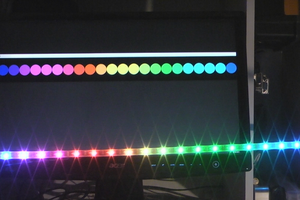
 Randy Elwin
Randy Elwin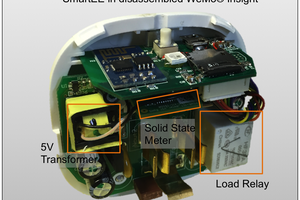
 John
John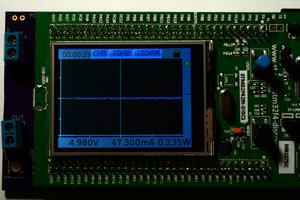
 MobileWill
MobileWill
Sorry for the late reply. Currently we have not thought about additional features, we are focusing on achieving the functionality. But we are open to suggestions if you have some...